An experiment against Consumerism with not design and daily necessities: Spatial Design of LONG LIFE DESIGN: THINKING AND PRACTICE 2000‒2020
长效设计:思考与实践(2000-2020)展览空间设计 —— 一次以“不设计”和“日常”反思消费主义的实验
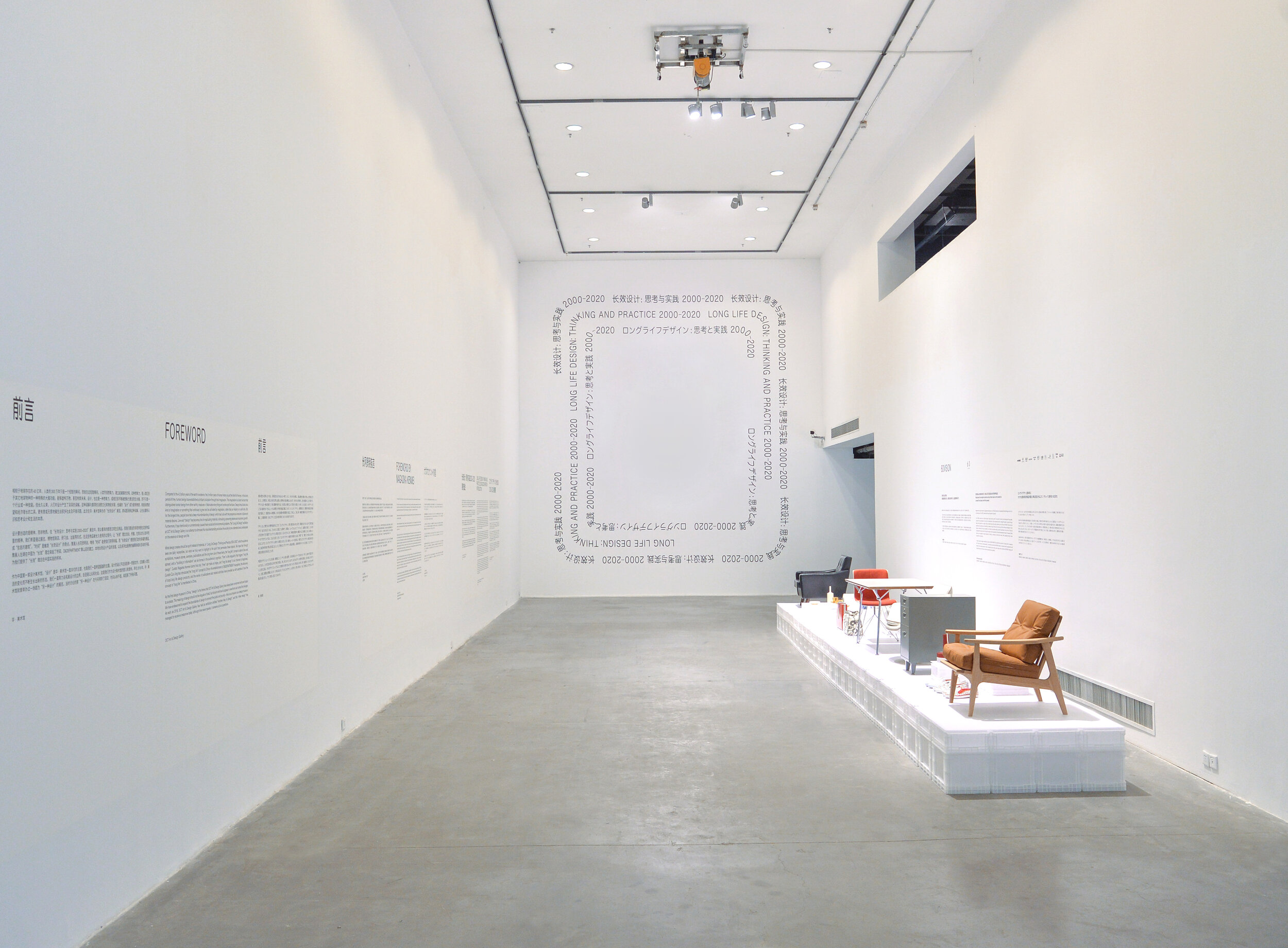
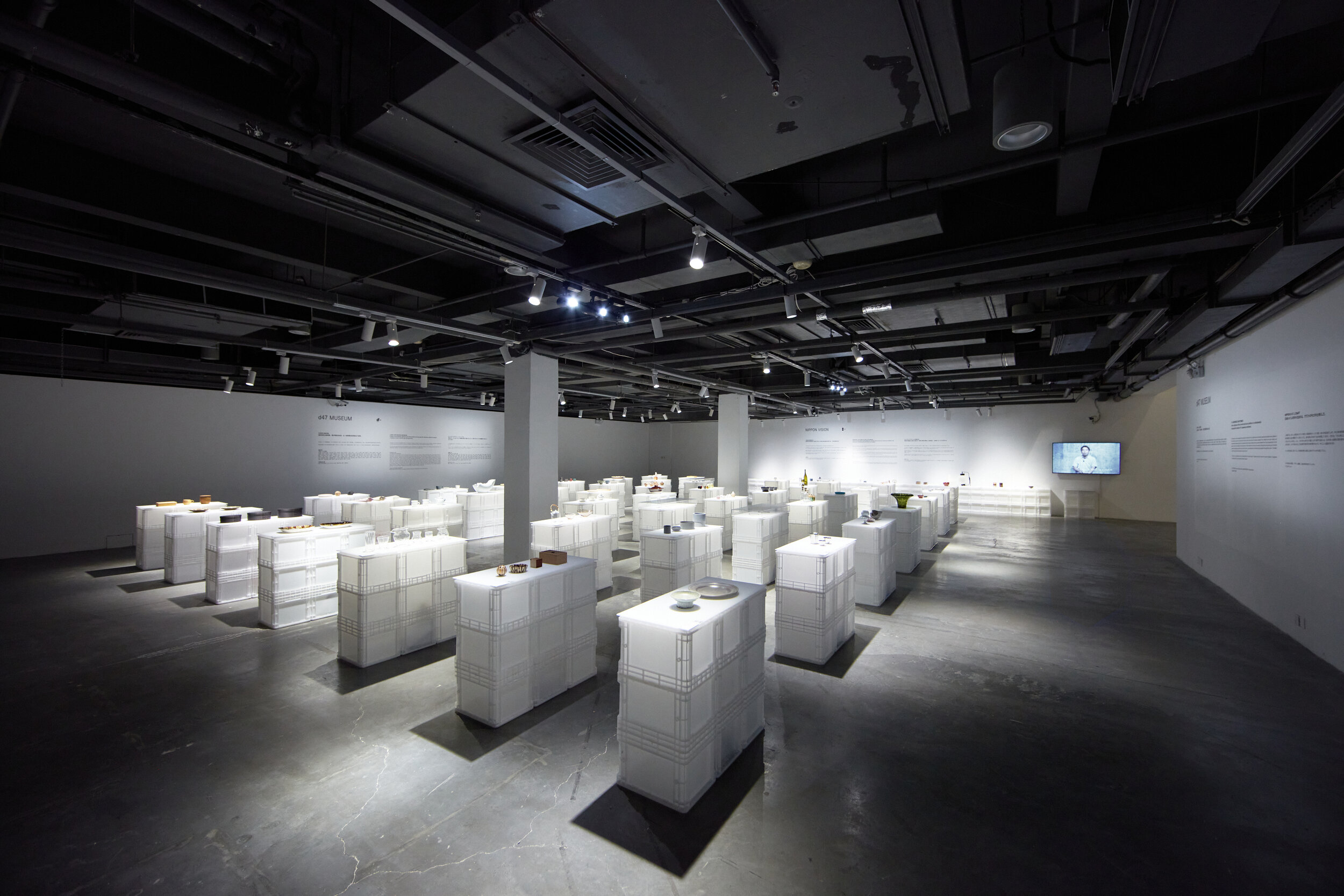
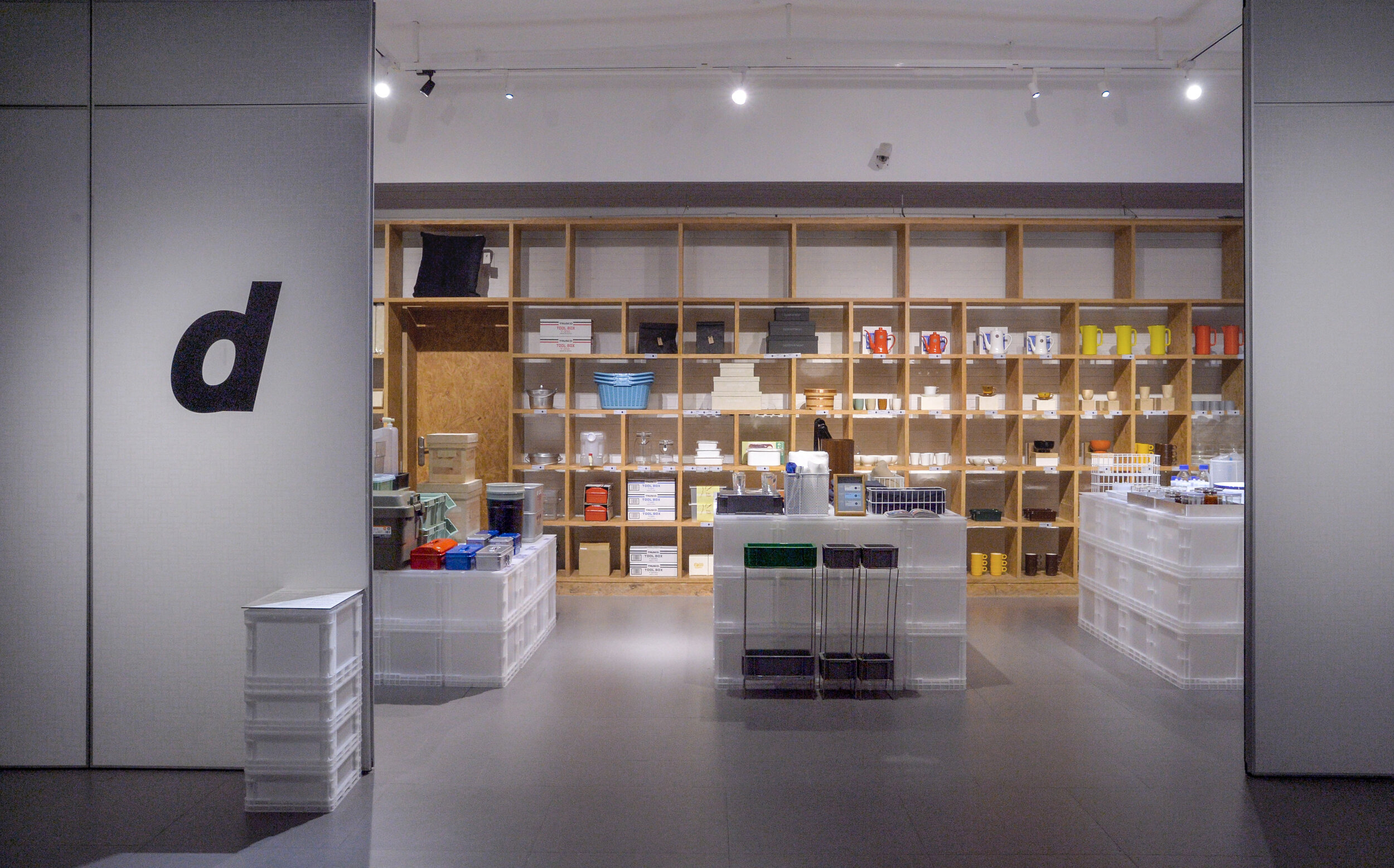
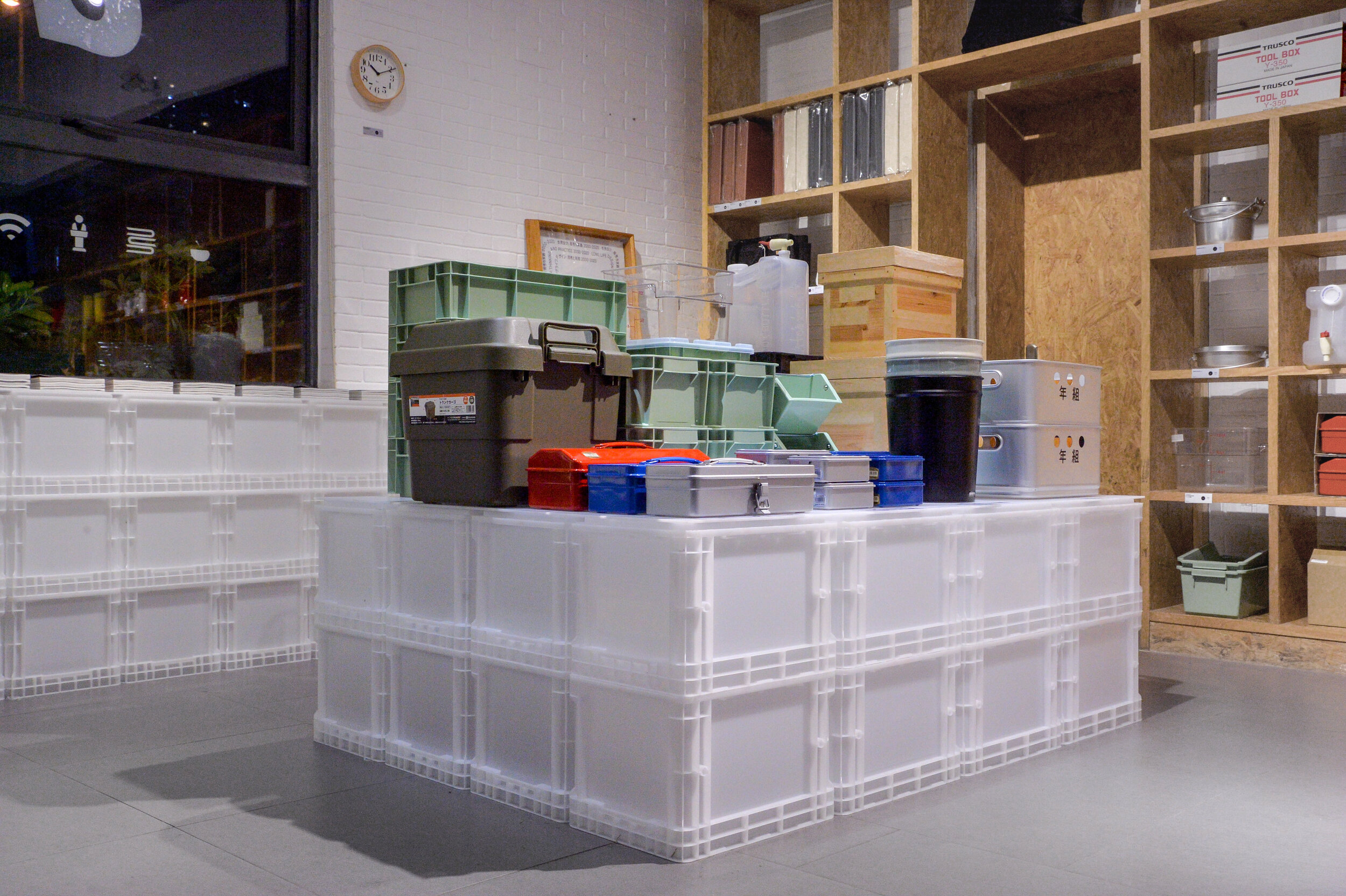
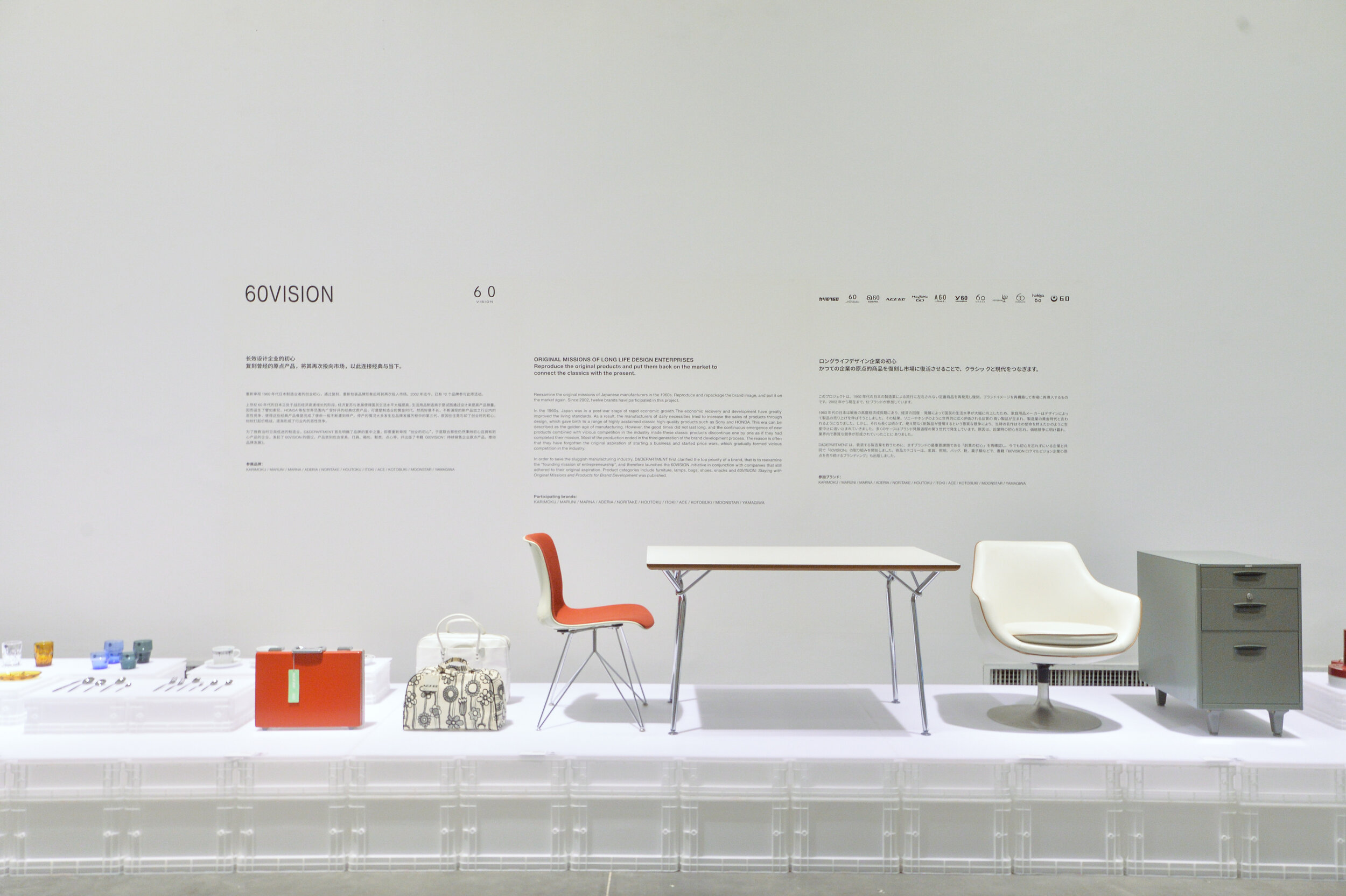
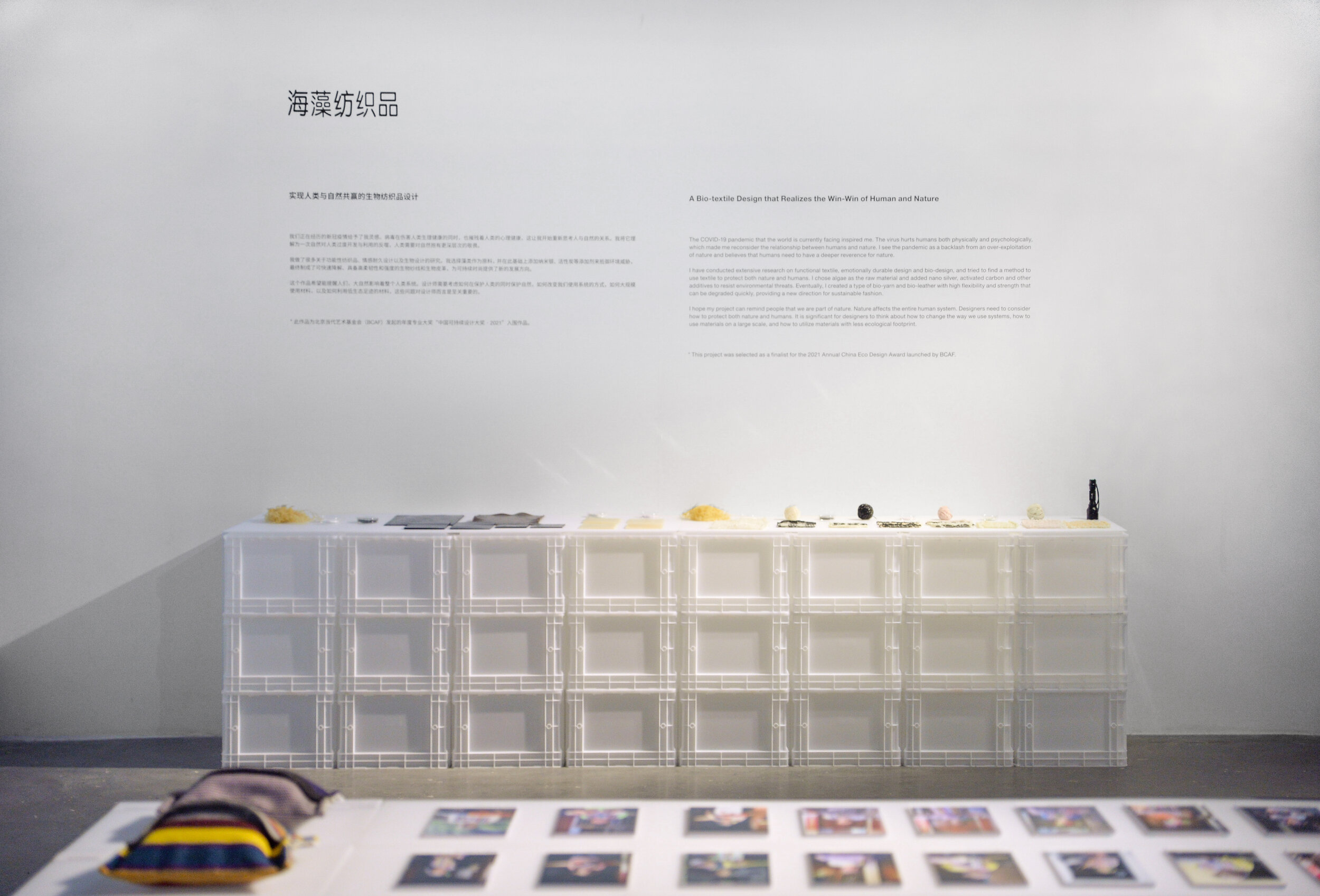
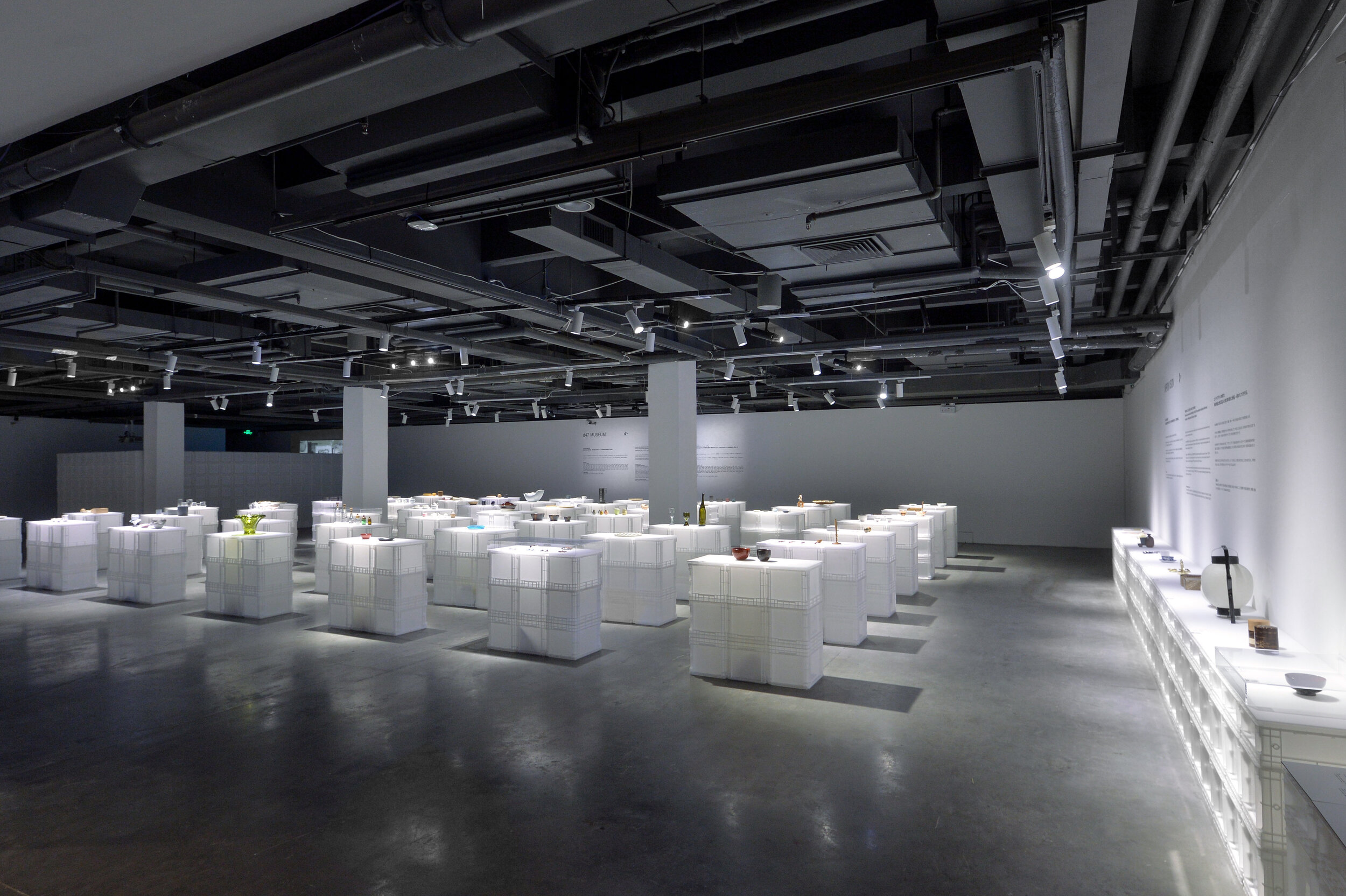
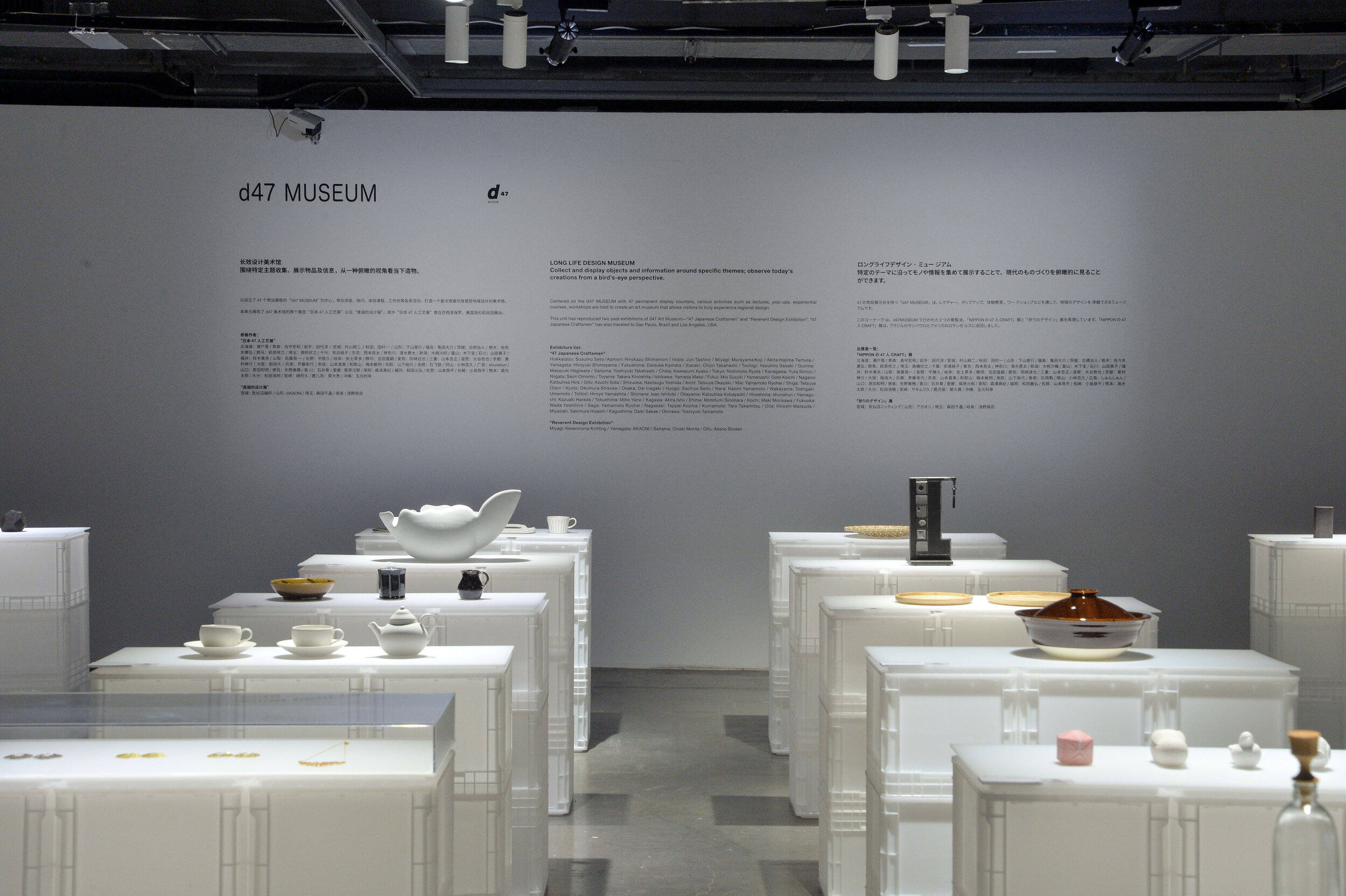
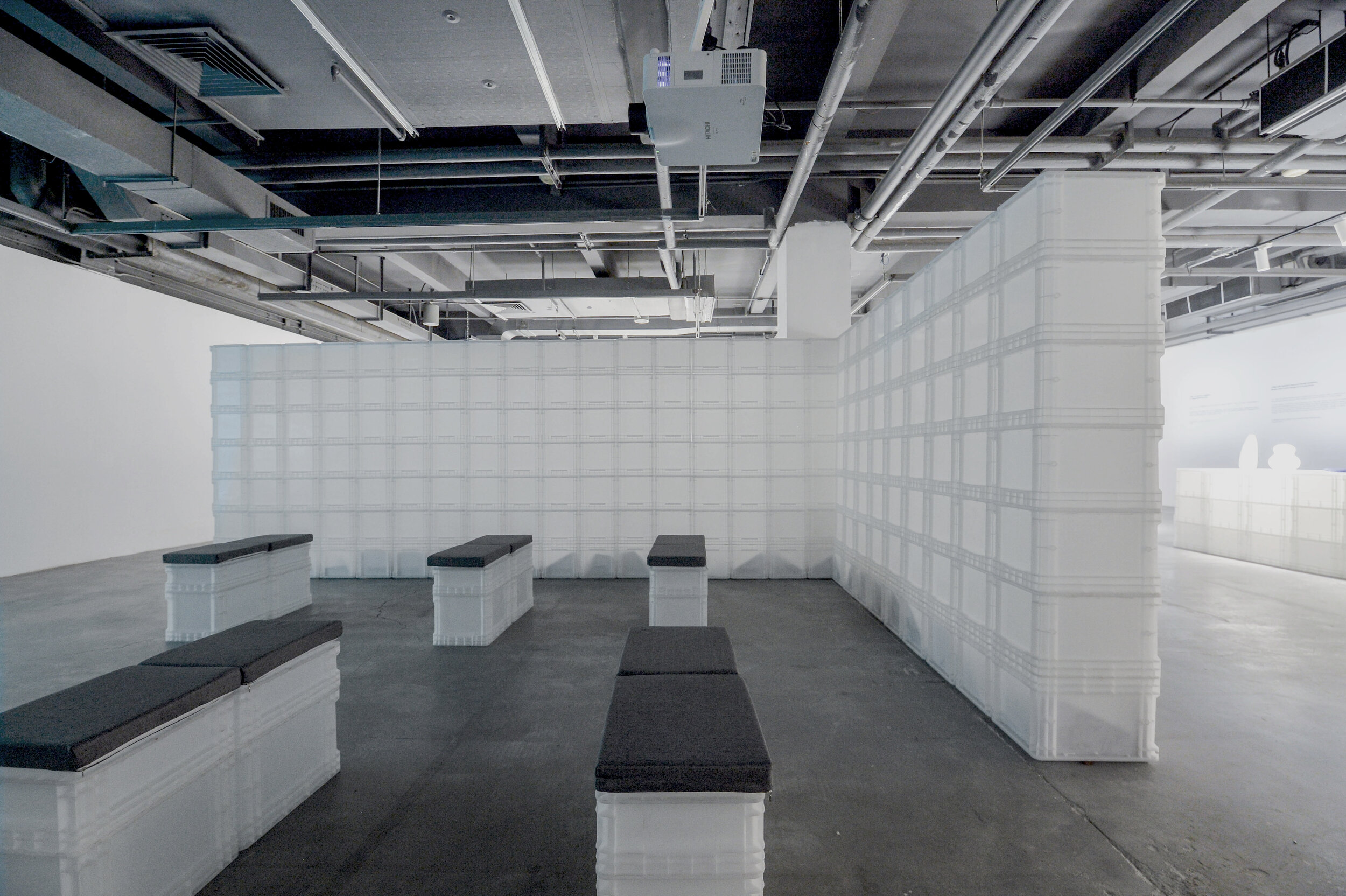
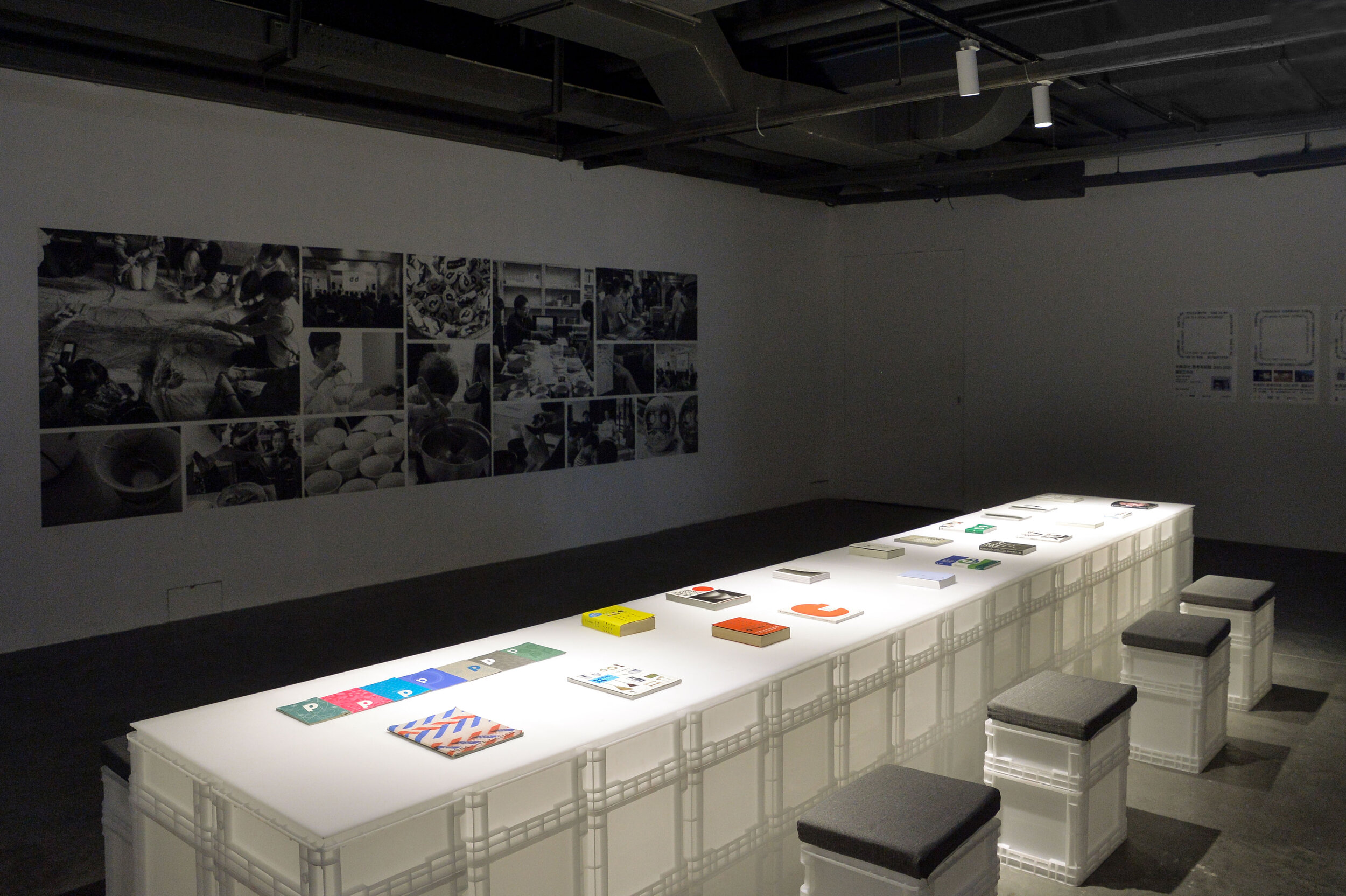
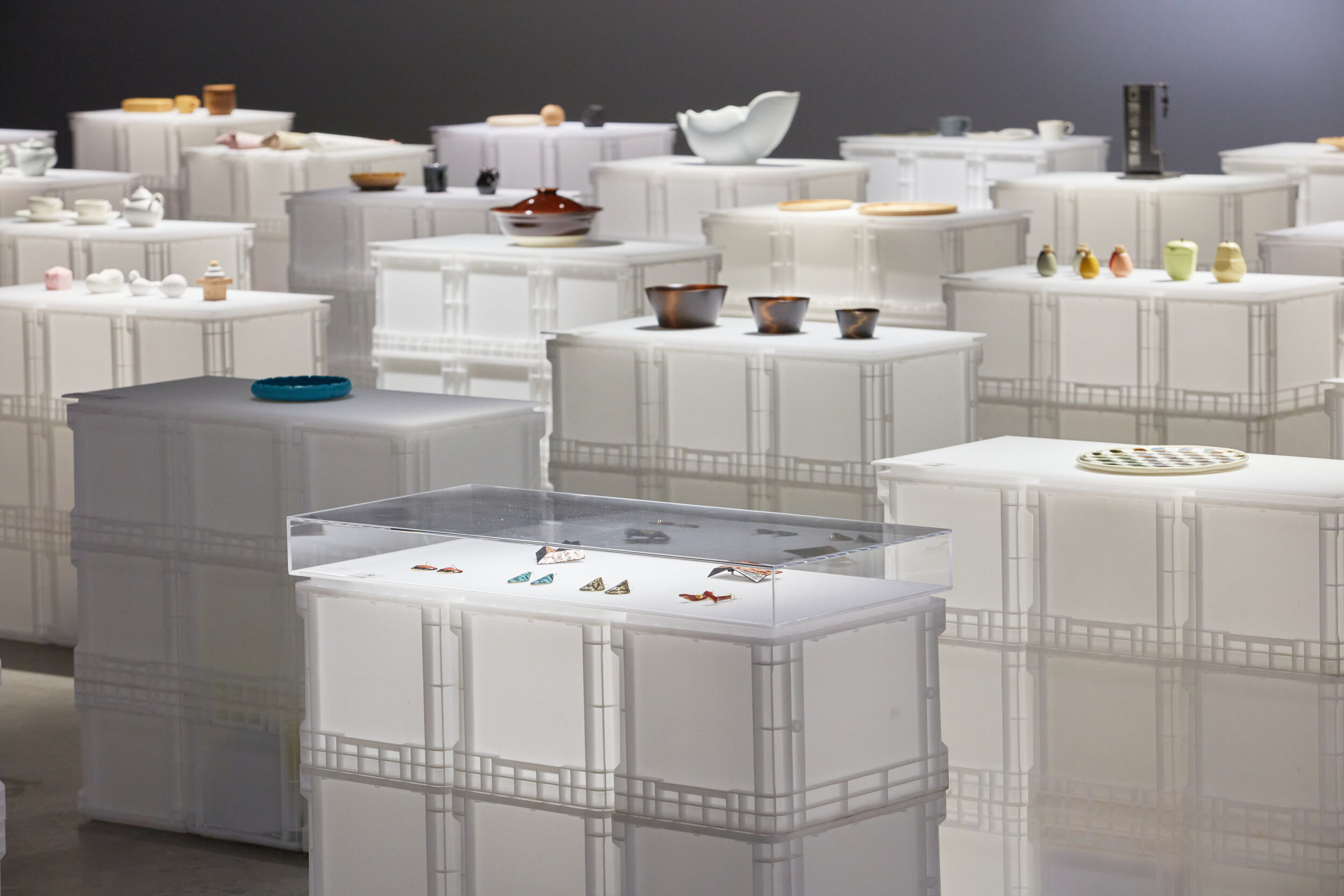
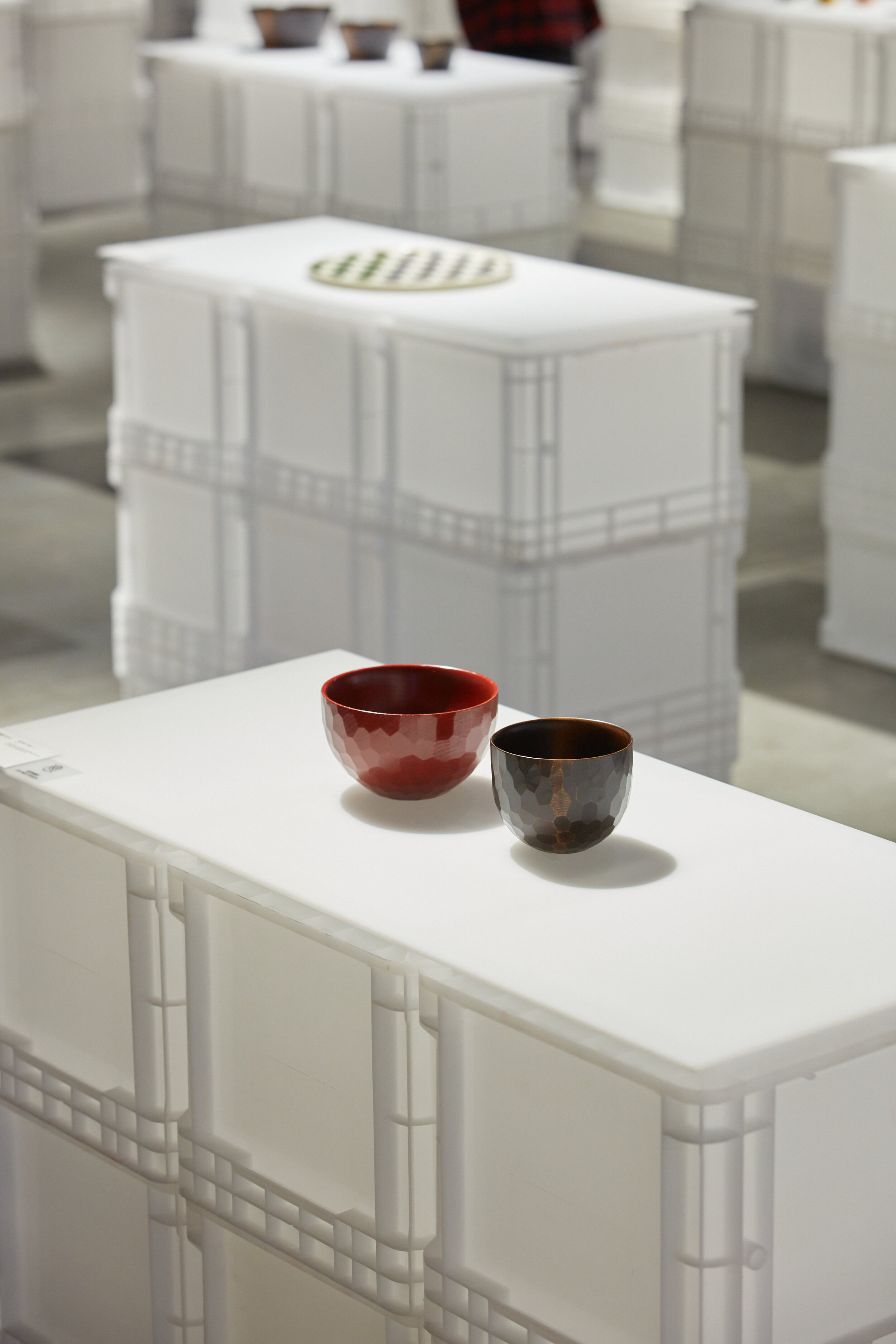
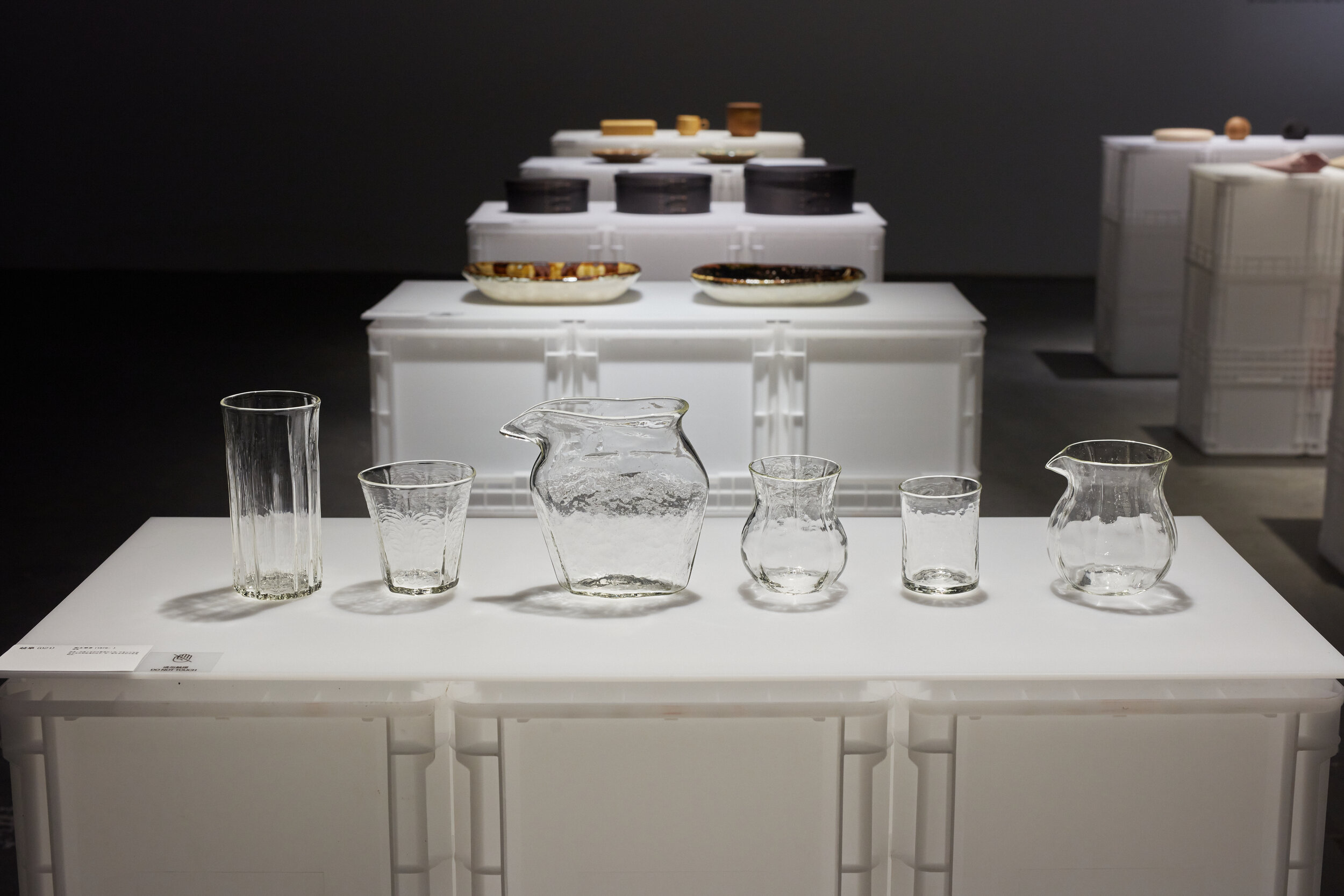

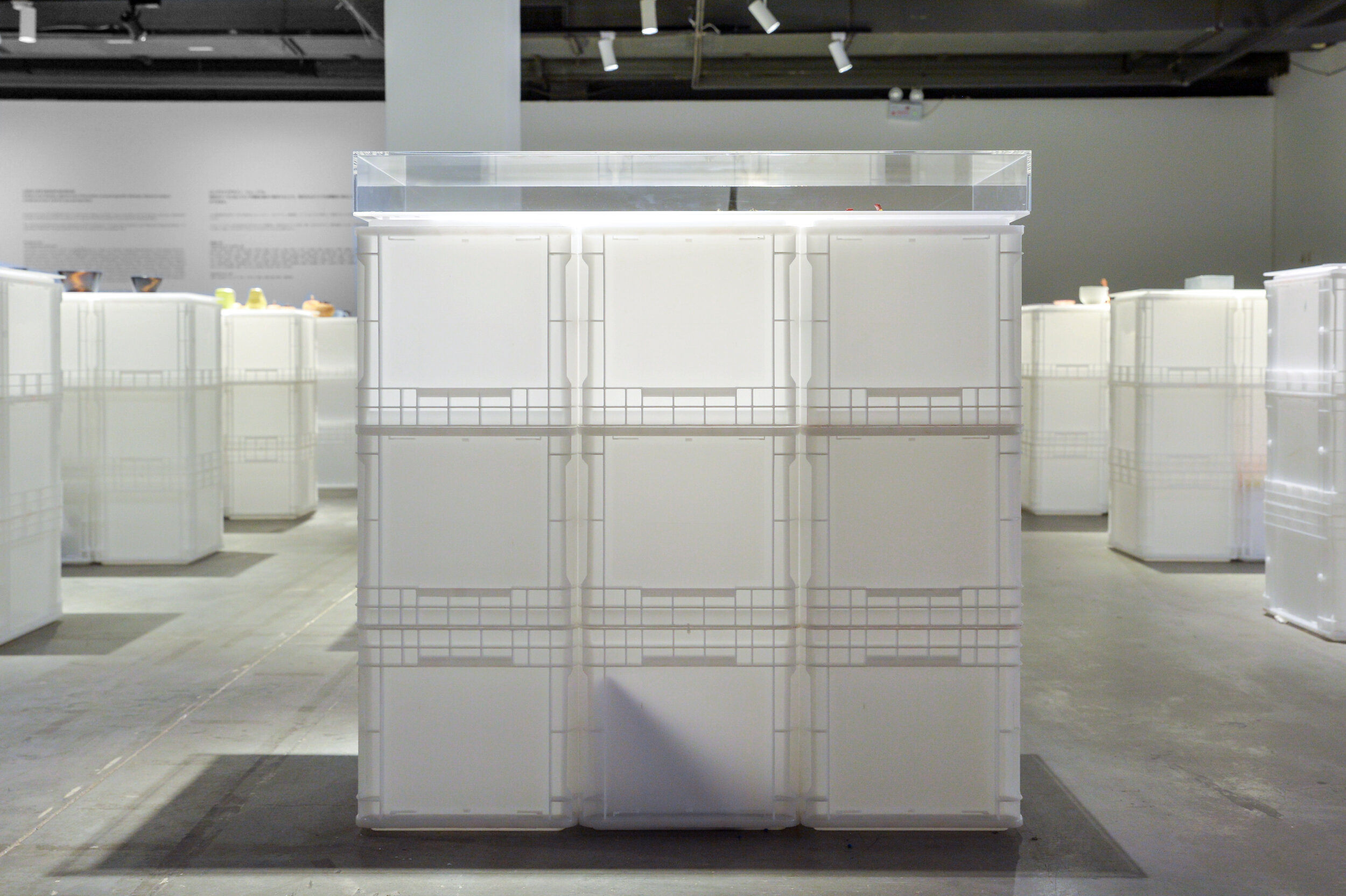

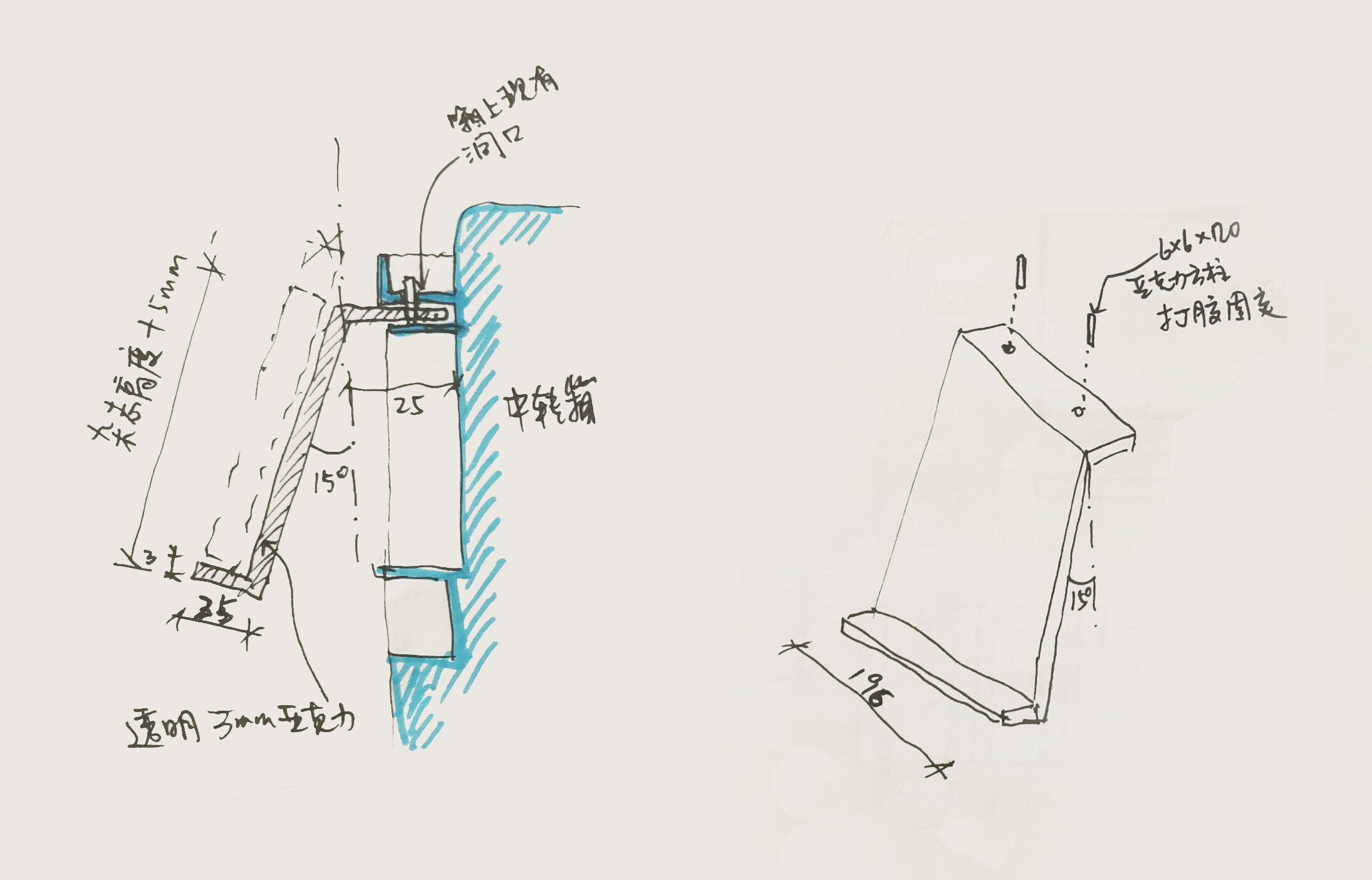
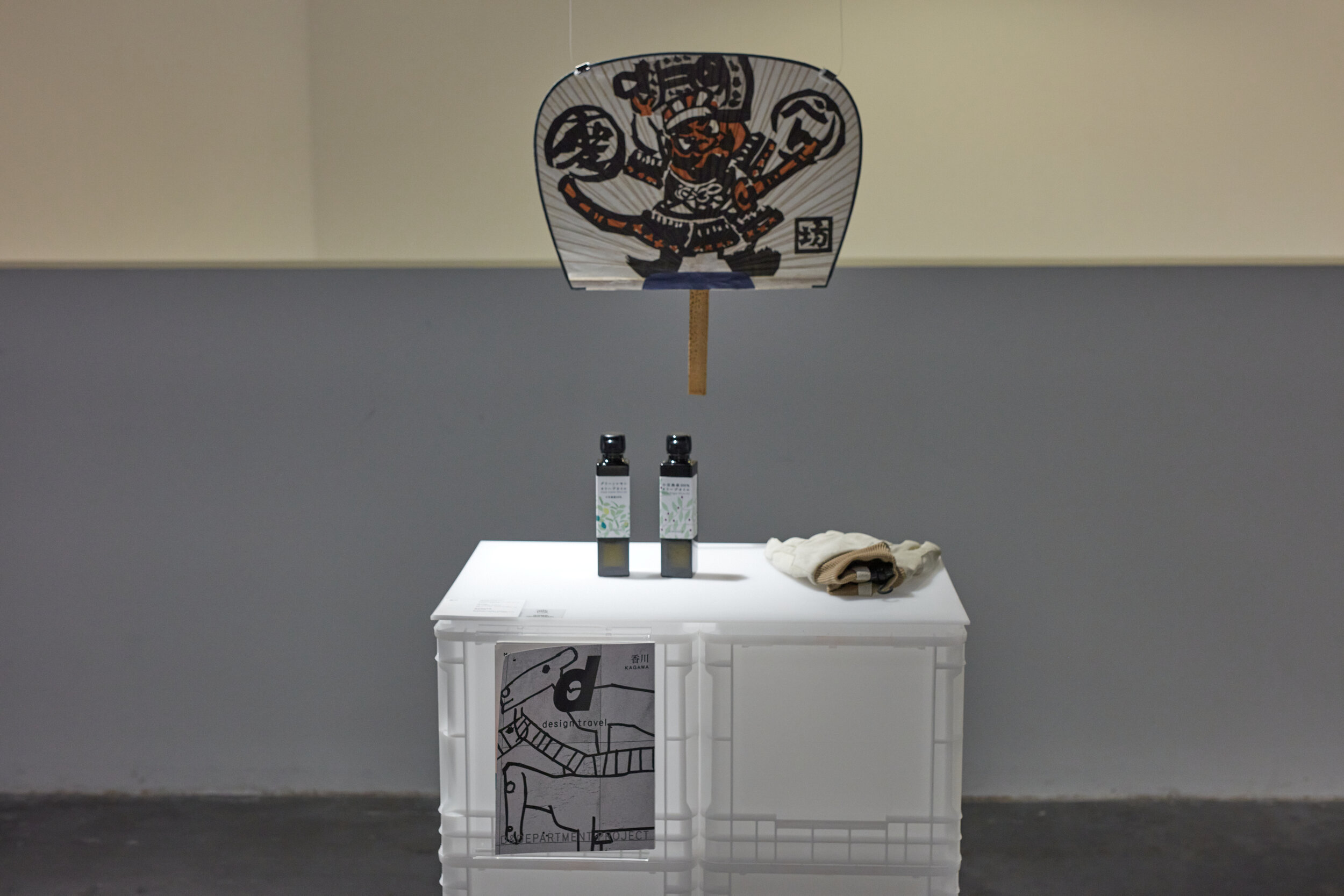



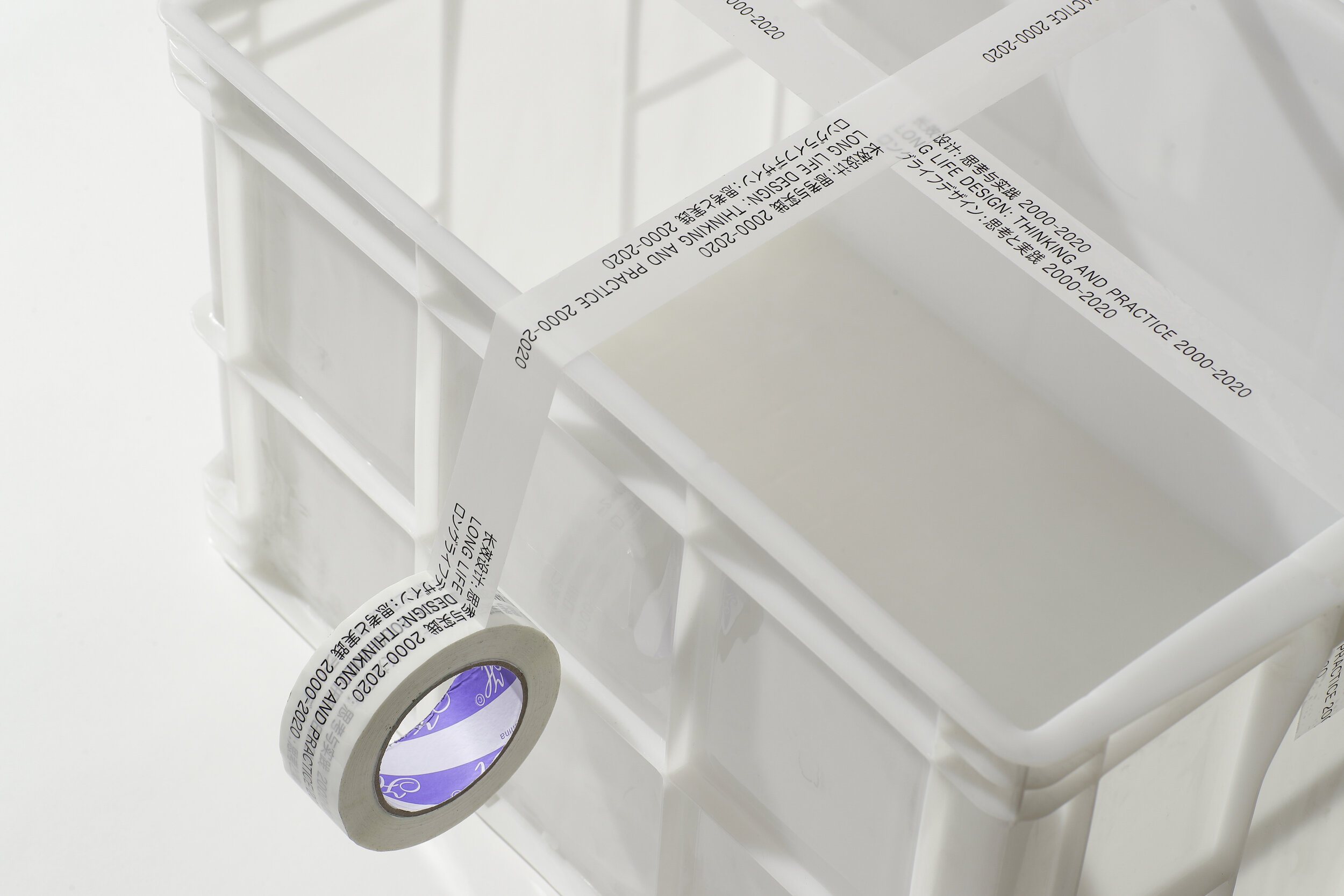
Credits:
Curators: Nagaoka Kenmei, Zuo Jing
Presented by/ Exhibition Venue: OCT Art & Design Gallery, Shenzhen
Spatial Design Consultant: Studio 10
Principal-in-charge: Shi Zhou
Team: Jiaxin Cao(Intern), Chunhui Mo, Feifei Chen, Jiaxiao Bao, Yunjie Lv
Graphic Design Consultant: PAY2PLAY
Organizers: Zuo Jing Studio, D&DEPARTMENT
Co-organizers: Beijing Contemporary Art Foundation
Support: Shenzhen Overseas Chinese, Town Co.,Ltd.
Special Support: The Japan Foundation, Beijing
Duration: 2021.5.29-2021.9.12
Photos By: OCT Art&Design Gallery. Yicheng Images, Zhenhua Li, Rui Zhu
项目信息
策展人:长冈贤明、左靖
主办方/项目地址 :深圳华·美术馆
空间设计团队:Studio 10
主管合伙人:周实
团队成员:曹家鑫(实习)、莫纯煇、陈菲菲、包嘉晓、吕云洁
视觉设计:PAY2PLAY
承办 :左靖工作室、D&DEPARTMENT
协办 :北京当代艺术基金会
日本团队:D&DEPARTMENT PROJECT
支持 :华侨城集团有限公司
特别支持 :北京日本文化中心(日本国际交流基金会)
展期:2021.5.29-2021.9.12
摄影:华美术馆. 壹诚影像、李振华、朱锐
In the era of "consumerism" we live in, in this fast-growing emerging metropolis, an exhibition called "Long Life Design" seems a bit inopportune yet quite necessary: In our urban life and architectural culture, terms related to "new" and what they refer to are generally considered positive, to be encouraged or pursued. "New" things and concepts are constantly being "created" within a short period of time, but at the same time largely disposable and ephemeral.
In this context, the emergence, mass communications and dissolution of various exhibition spaces are inextricably linked with "influencer economy", Instagram-ability and visual communications. People's demand for visual stimulation is becoming stronger while the renewal cycles become increasingly shorter. Some exhibitions have turned into fast-moving consumer goods, which are constantly being constructed and dismantled, creating waste that are difficult to recycle while running counter to good sustainability practice.
We have been reflecting on the relationship between exhibition events/space, consumption, desire, sustainability and (not) design for quite some time. Therefore, when we received the commission to design the space for the exhibition "Long Life Design" co-curated by Nagaoka Kenmei and Zuo Jing at the OCT Art & Design Gallery, which has allowed us the privilege to be exposed to thoughts, propositions, movements and practices in multiple cultures and industries in regard to this topic, we have decided to take this opportunity to make our own humble effort through spatial design explorations.
At the beginning of the design, we established a set of principles for ourselves:
New additions to the space for this exhibition should be combined from basic components made of existing and commonly used objects in the industrial production or our daily life to the greatest extent possible, rather than from a newly "designed" form or object;
Any construction process should be reversible, without changing or destroying the functional properties, strength and aesthetics of the basic objects;
All materials and components should be able to either be recycled, reused, or be completely dissolved after the exhibition, minimizing the non-recyclable waste generated by the exhibition.
Therefore, the design process has become a process of searching for this "basic component". At early design phases, we came up with more than twenty options, most of which were rejected internally after more thorough examination, until we found a Japanese-made PP box in the "D & Department " section of the exhibit list, which can be stacked and combined flexibly.
Inspired by the exhibition objects, we contacted the local manufacturers to find a matching basic component among those commonly used in the logistics industry. The two curators were very supportive of this idea from the beginning; in the first design presentation, we went with a relatively large pp box in order to reduce the overall number of basic components needed; Mr. Nagaoka reminded us that the convenience of installation and subsequent dismantling in relation to the size need to be take into account as well, i.e. the ergonomic size for carrying and moving. After multiple rounds of study and comparison internally, we finally arrived at two white pp box products of suitable sizes as the "basic components". These two basic units can meet not only the various size and strength requirements for displaying objects through combination, but also the ergonomics and scale requirements for carrying with both hands.
The exhibition layout was designed in a way to makes full use of the partition walls left on site from the previous exhibition, reducing the work of deconstruction or new construction of walls to minimum. As a result, it only took two days from the unloading of the pp boxes to the completion of its assembly, while the modular boxes allows a great extent of flexibility and on-site changes during object placement.
We envision that the pp boxes will be completely "dissolved" after the exhibition: some boxes will be adopted by the public for free or purchased at a relatively low price, then reused as storage boxes, coffee tables, planters, fish tanks and so on, completing the transformation of and/or return to its original "functions"; the remaining boxes will continue to be used for the packaging, transporting and display of the objects during the exhibition tour.
Per discussion, custom-made tape designed by graphic design team Pay2play for the exhibition was used to form a temporary handle, so that the boxes can be carried away by the "adopters" easily; meanwhile, the tape attached to the surfaces of the box also leaves traces of the exhibition in a subtle way.
在我们所处的“消费主义”时代、在这座快速发展的新兴大都市中,一个名为“长效设计”的展览似乎显得有些“不合时宜”、但又十分必要:我们的城市生活和建筑文化中,与“新”有关的一切词汇及其所指通常被认为是正面的、值得鼓励和追求的,“新”的事物和概念不断快速被“创造”,但同时也可弃、转瞬即逝。
在此背景下,展览空间的诞生、传播和消解与“网红经济”、“打卡”、“视觉传播性”有密不可分的联系。人们对于视觉刺激的需求越来越强烈,对刺激更新的周期需求越来越短暂,一些展览逐渐成为快速消费品,不断地建设、拆除,难免产生难以回收的垃圾、废料,与“可持续”背道而驰。
我们一直在思考展览事件/空间、消费、欲望、“可持续”与(不)设计的关系。当接到委托为长冈贤明和左靖老师联合策展的“长效设计:思考与实践(2000-2020)”位于华·美术馆的展览设计展陈空间,我们有机会了解、接触到不同文化、行业的思考、主张和实践成果,也希望以此为契机,在展览空间设计中进行实践探索。在设计之初,我们为自己订立了一组原则:
空间内为本次展览而新增的构件应尽量利用工业生产或日常生活中已有的、常用的一种普通材料或器物作为“基本元素”进行组合形成,而非被新创造或设计出来的形式或物体;
任何建构过程应是可逆的,不改变或破坏基本物体的功能属性、强度和美观度;
最终所有的物料在展览结束后可以重新回归其本来的用途、被回收再利用或以其他方式被彻底消解,最小化展览产生的不可回收垃圾和废料。
因此,设计过程变成了寻找、发现这种“基本元素”的过程。一开始我们想了很多不同的选项,但又自我否定了,直到我们在展品清单《再现D店》部分发现了一款日本产的塑料业务用搬运箱,可以非常灵活地进行堆叠、组合。
受此启发,我们联系了本地的工业用周转箱厂家,尝试在工业物流产品中找到一款基本元素。两位策展人都非常支持这个想法;第一轮沟通时,我们为了减少基本单元的数量,选用了比较大型的箱体;长冈贤明先生也提醒,需要考虑布展和后续撤展过程中方便人移动的尺度。
因此,通过多轮比较,我们最终确定了两款尺寸合适的白色周转箱产品作为“基本单元”。这些基本单元既可以通过组合满足展陈不同尺寸和强度的要求,又符合人体工学便于双手搬运的尺度。
展览空间尽量利用了原场地前一场展览遗留的隔墙,减少墙体的拆除或新建。从周转箱运至现场到搭建完成,仅用了两天时间;模块化的箱体赋予布展过程最大的灵活性,布展过程中可以随时调节。
我们设想在撤展后,周转箱将被完全“消解”:部分箱子将被公众认领/低价认购并再利用,作为认领者的日常收纳箱、客厅的茶几、花箱、养鱼箱等,完成功能转化或回归;剩余部分则将继续被用于下一站巡展的包装、运输及展陈。
在和平面设计团队讨论后,采用了PAY2PLAY为展览定制的周边胶带作为配套简易“拉手”,便于认领者将其“拎走”;胶带贴在箱体的表面,也可以留下展览的痕迹。

